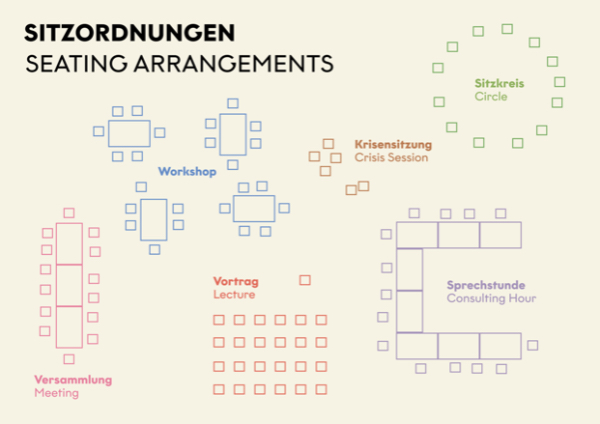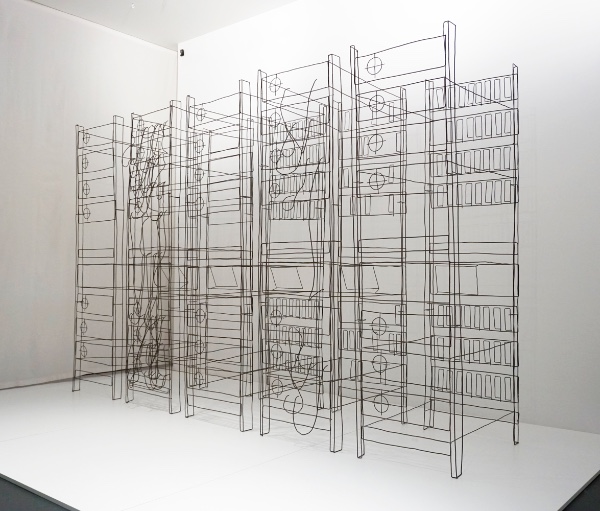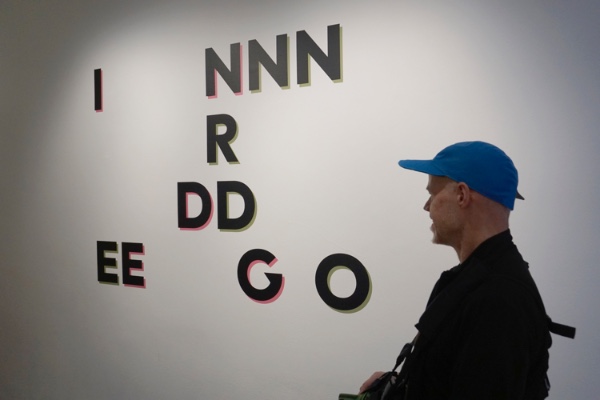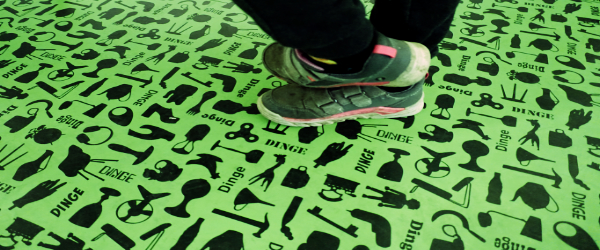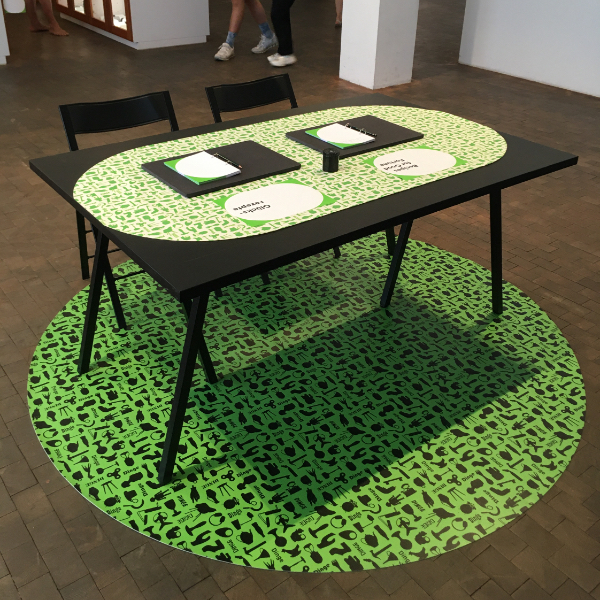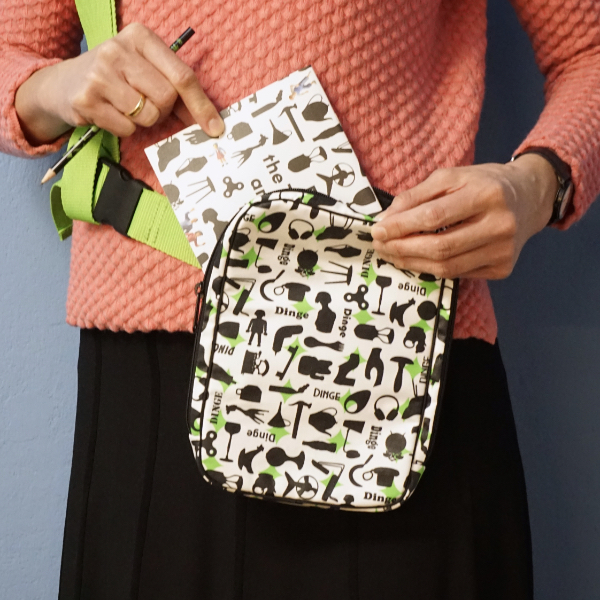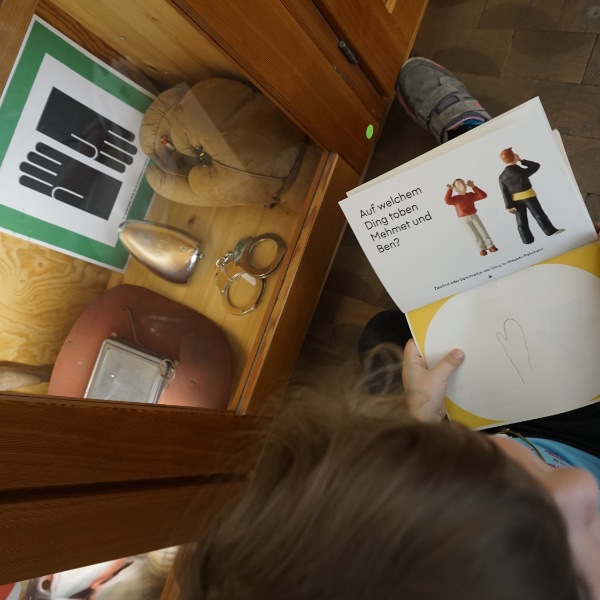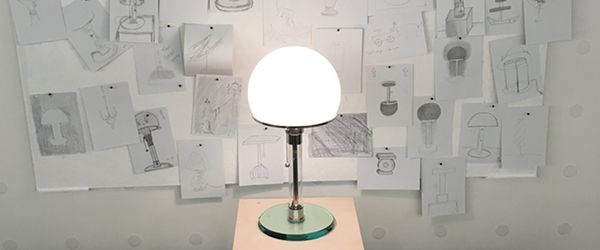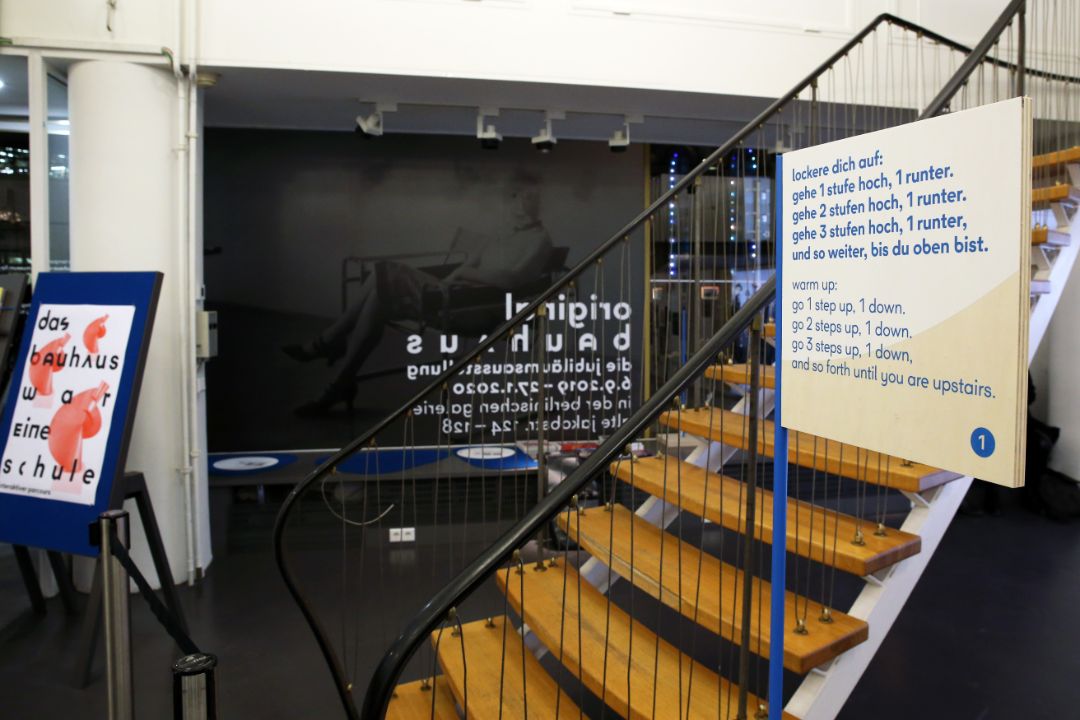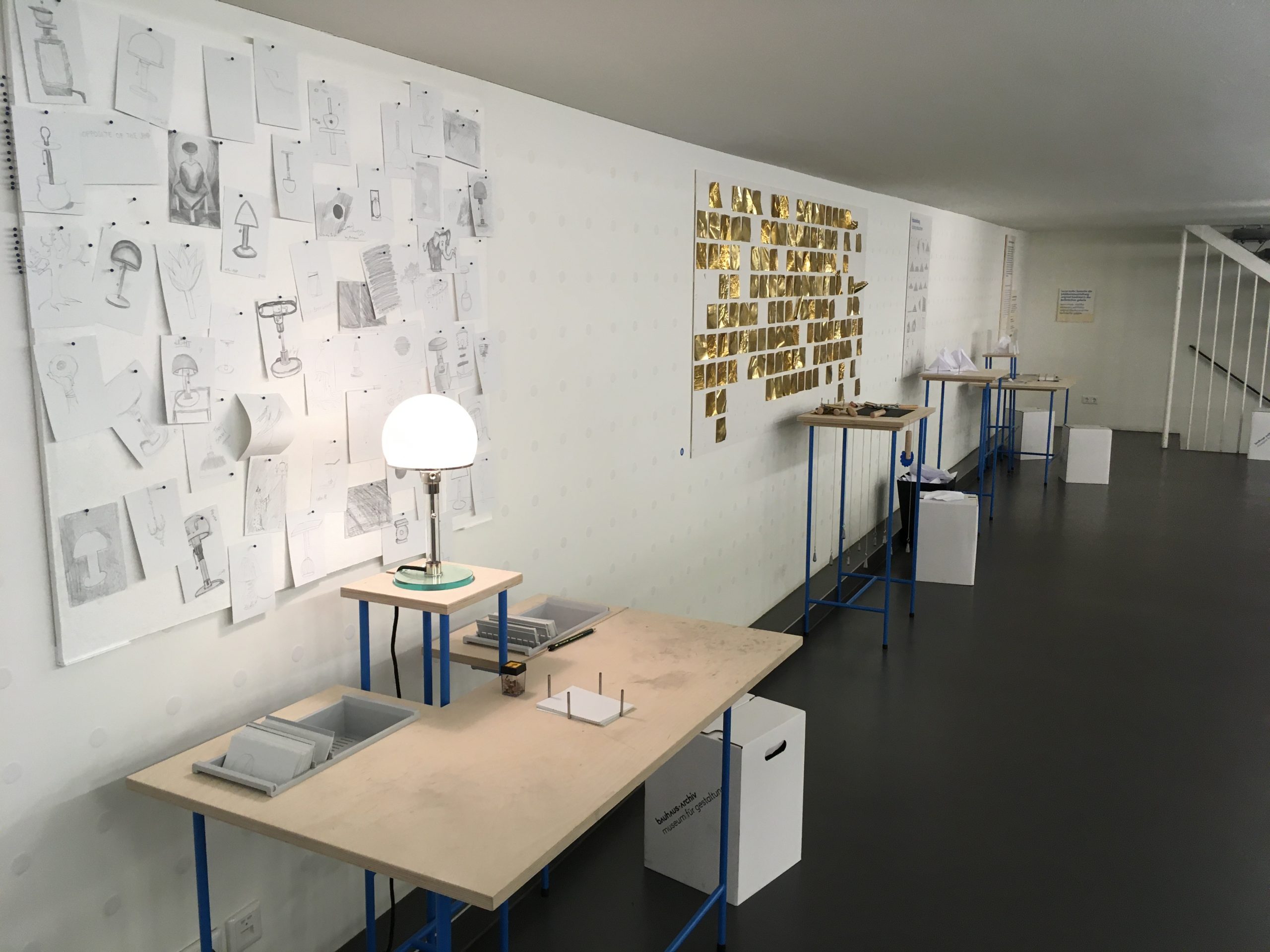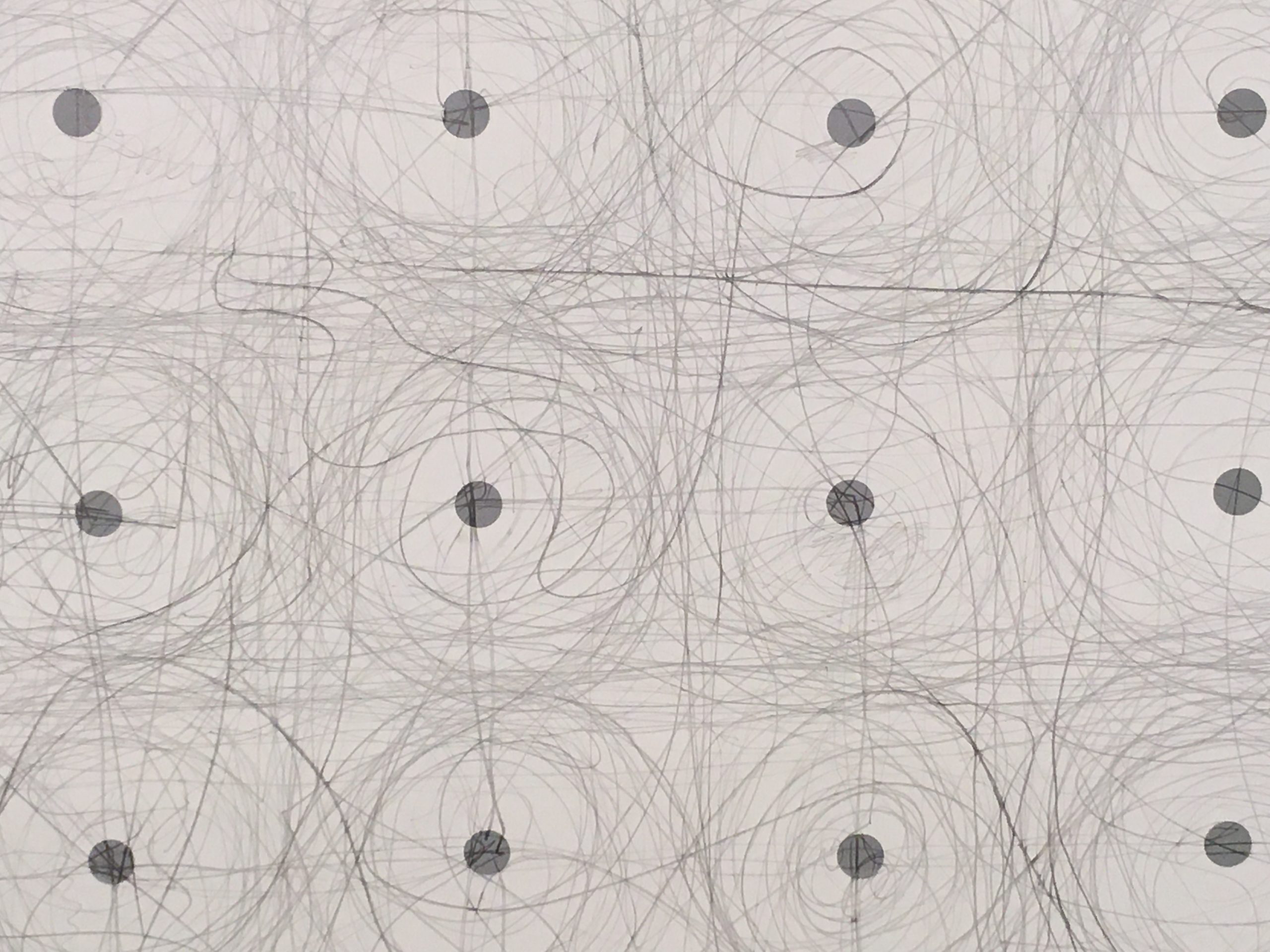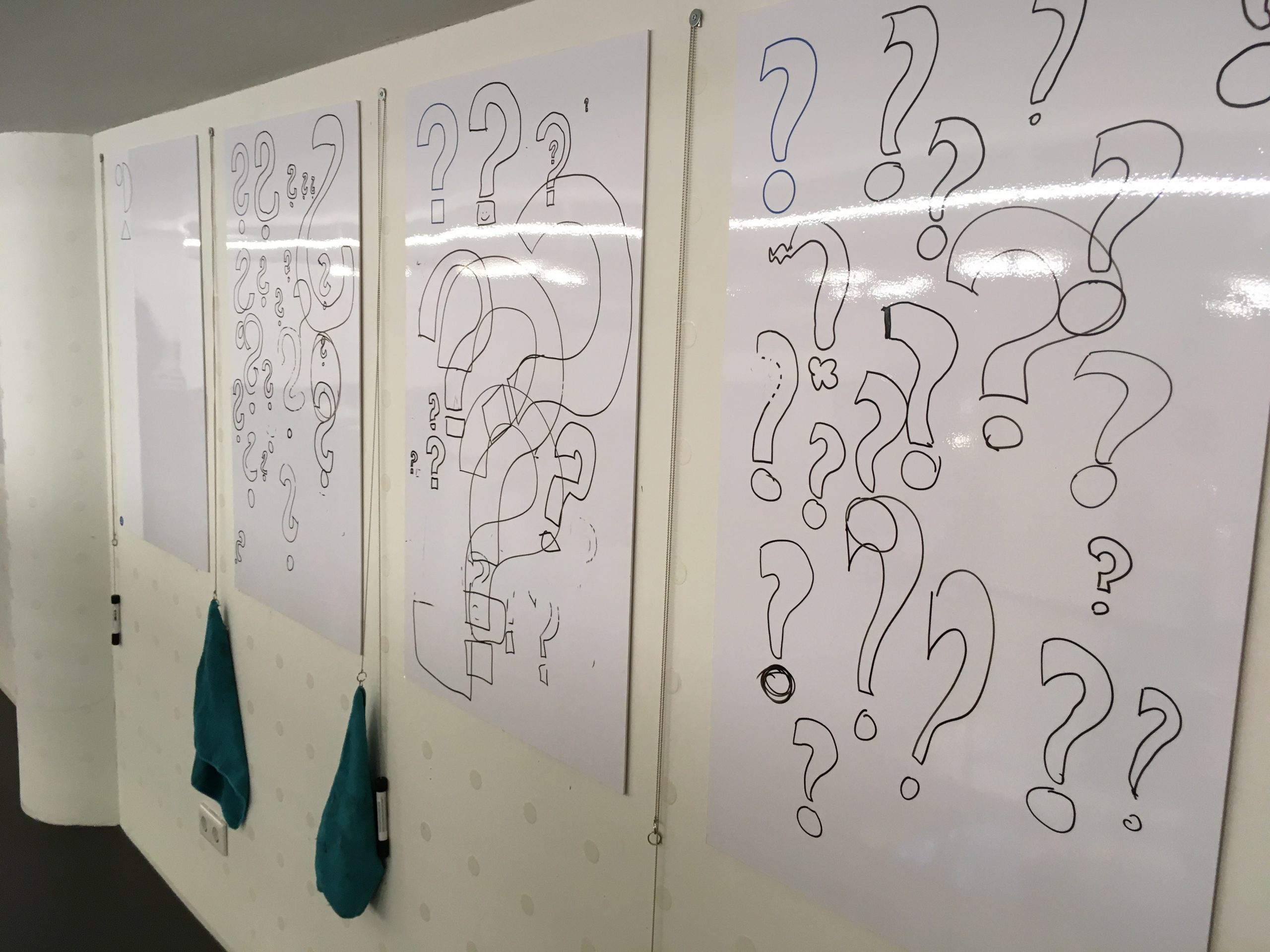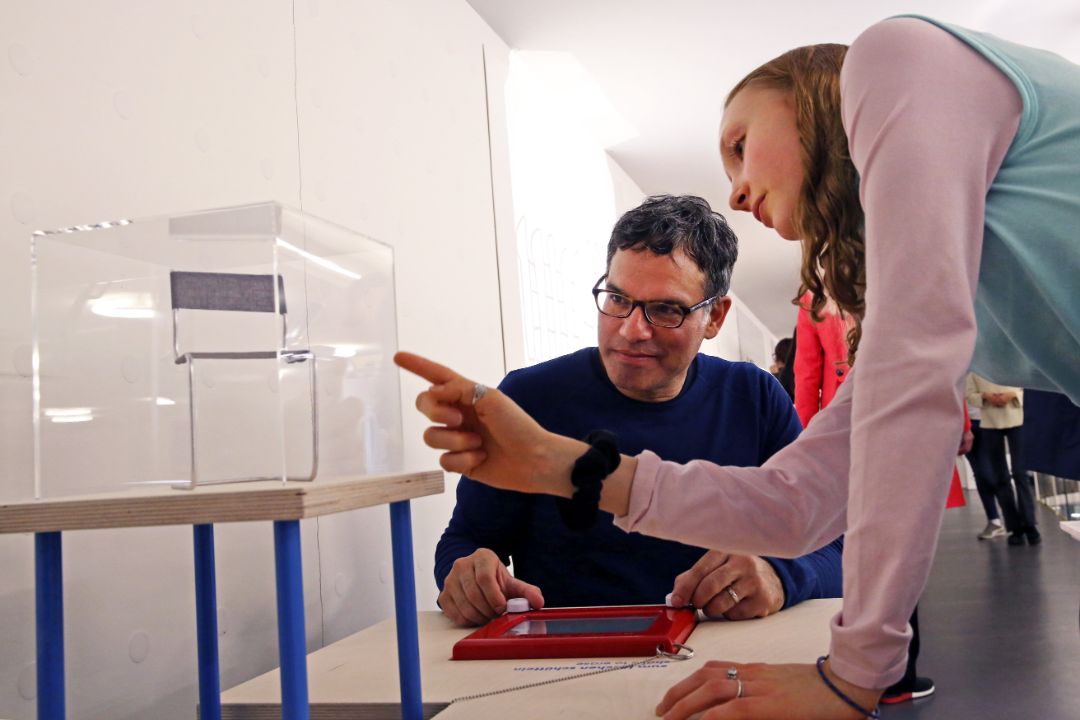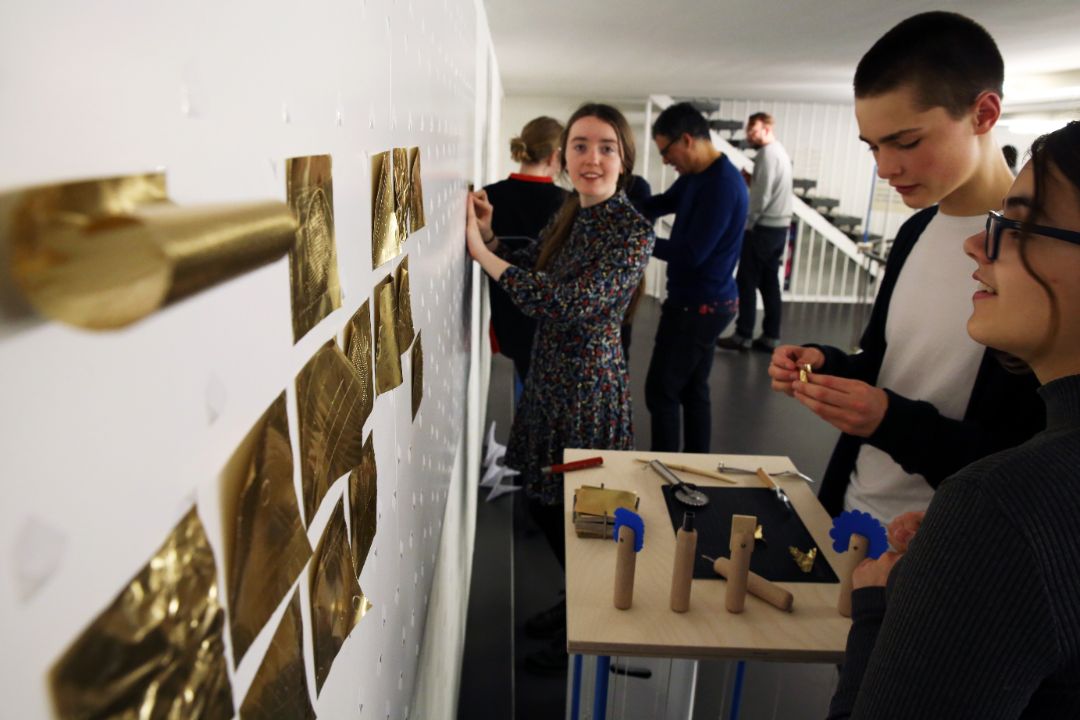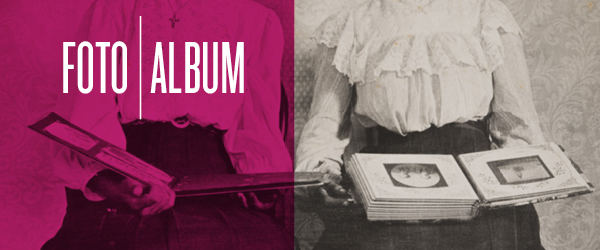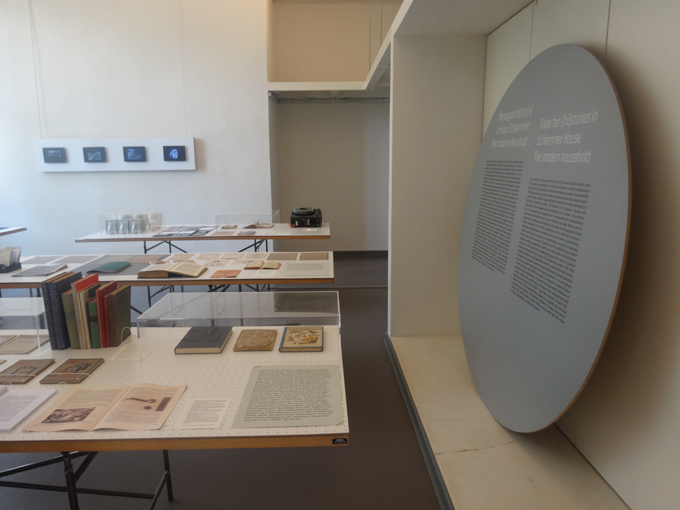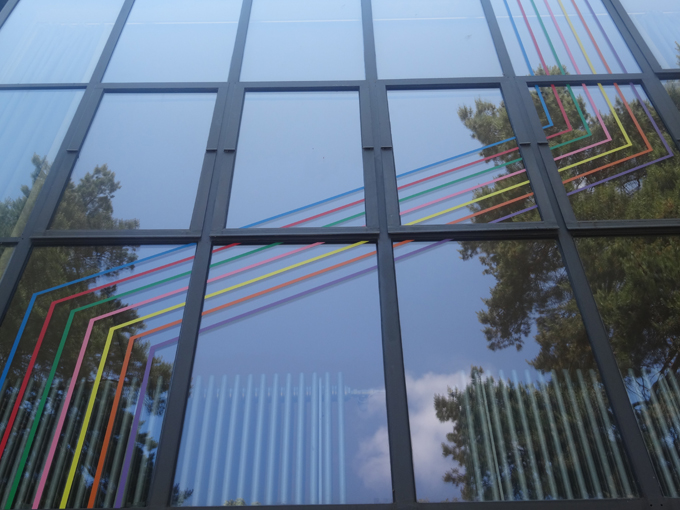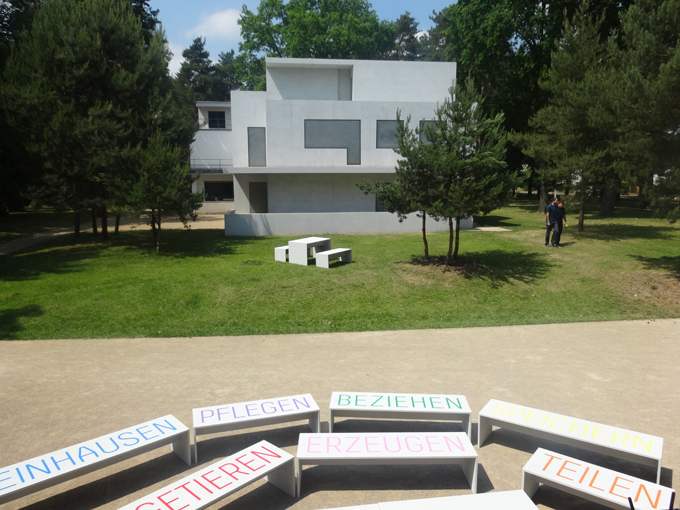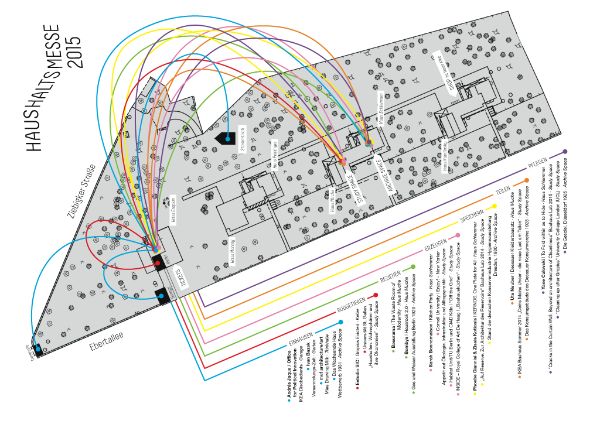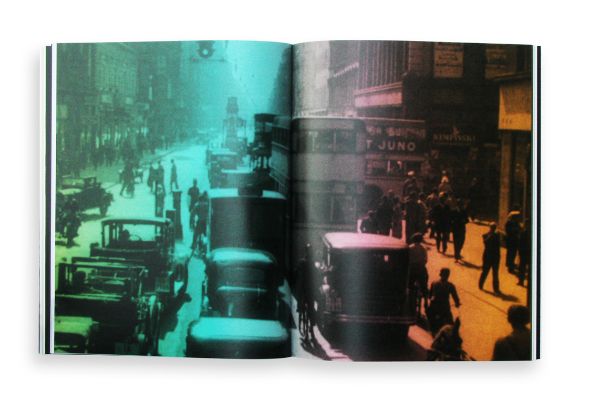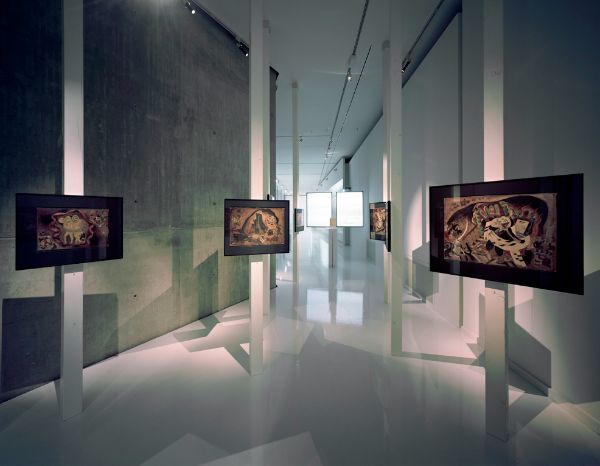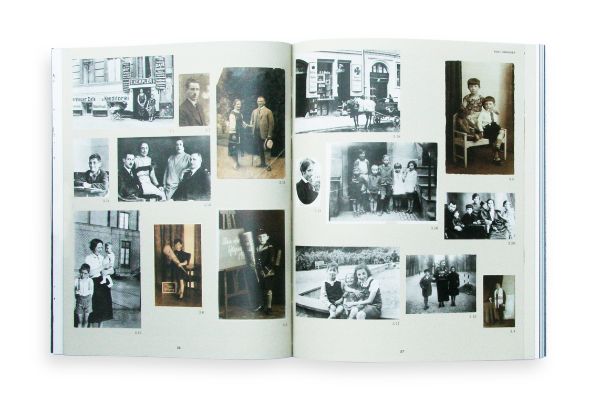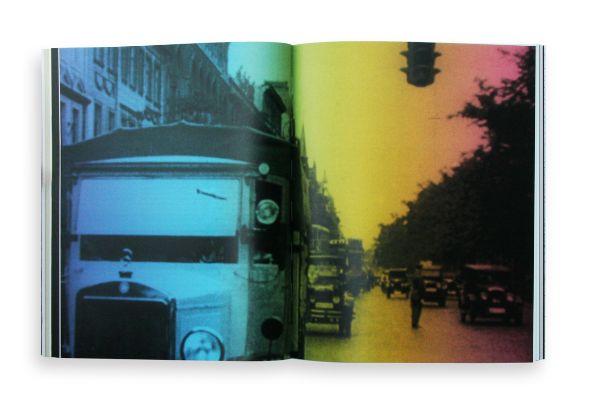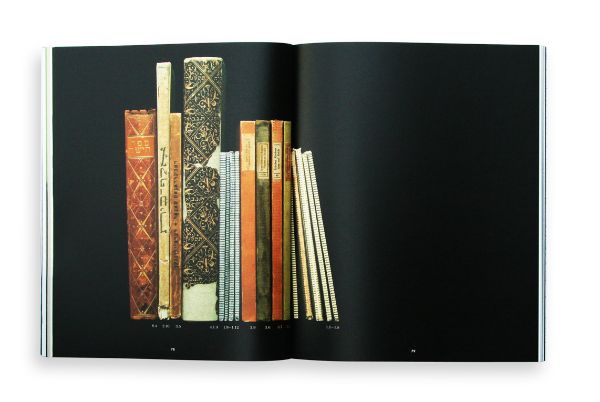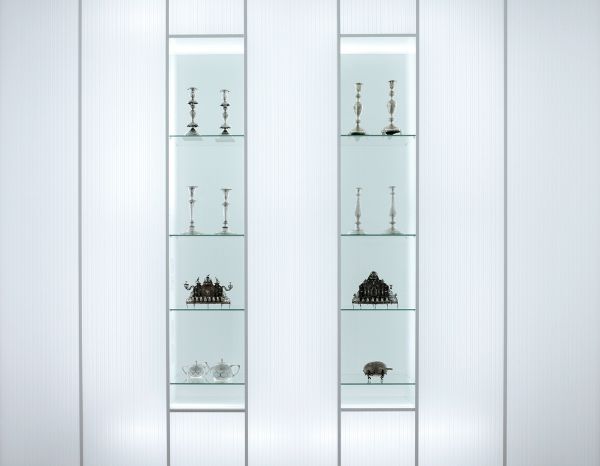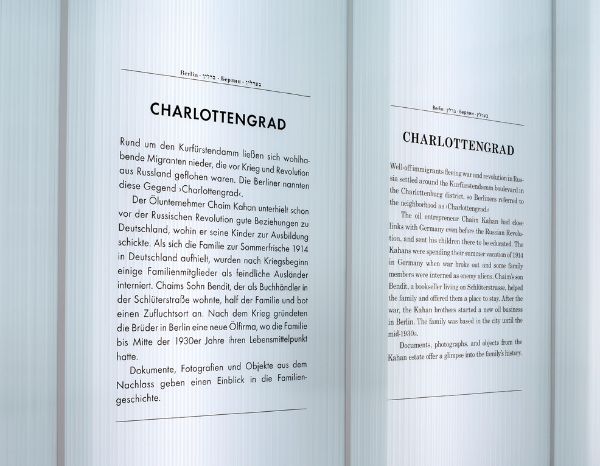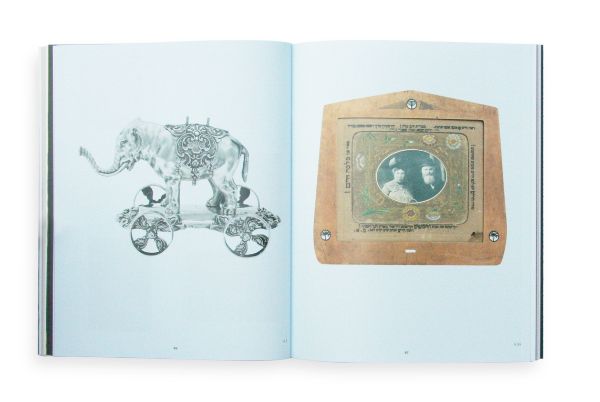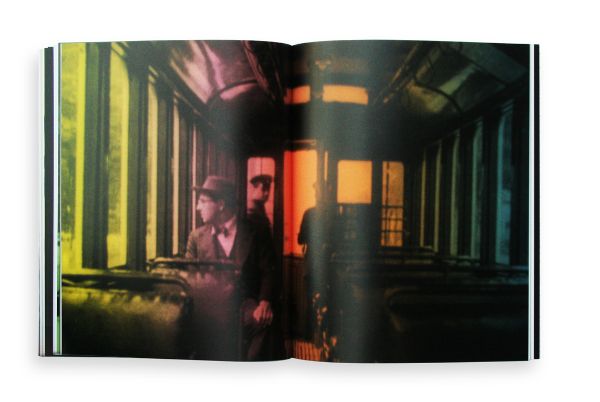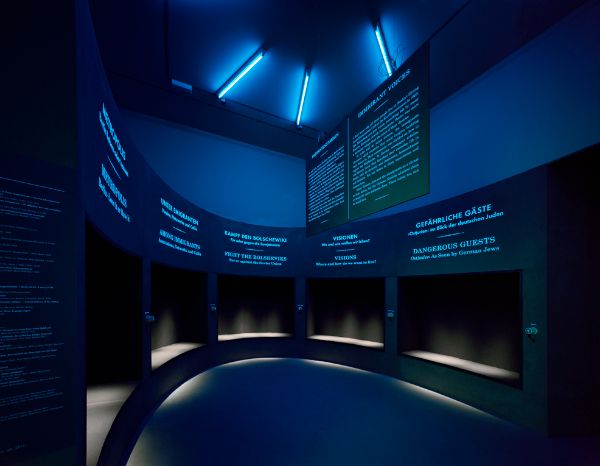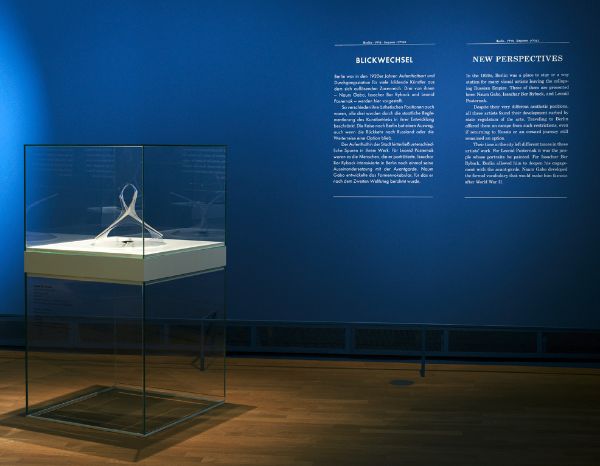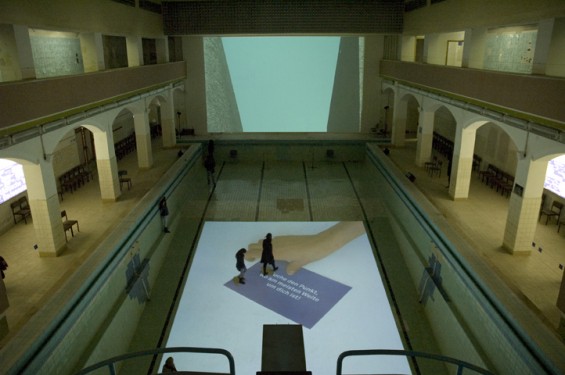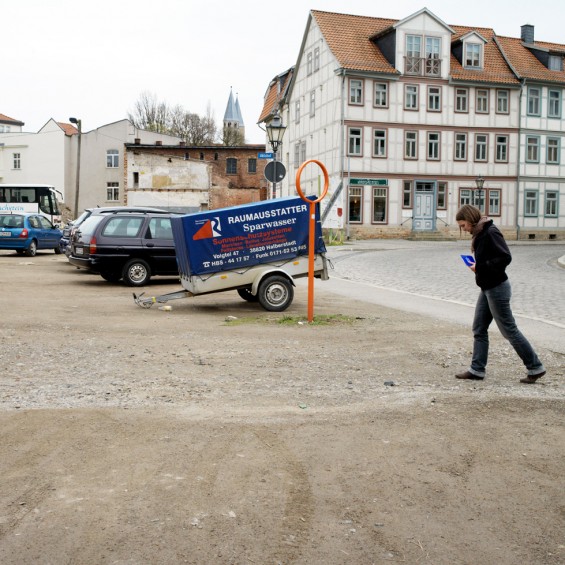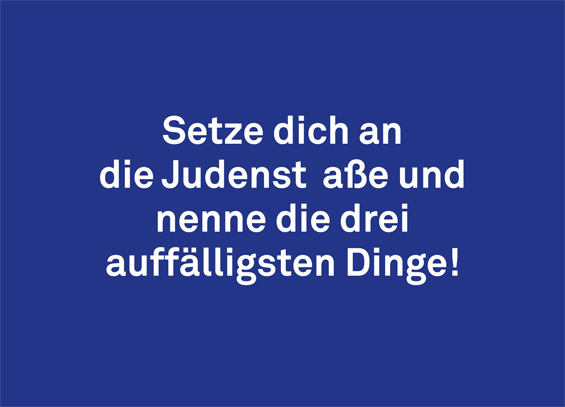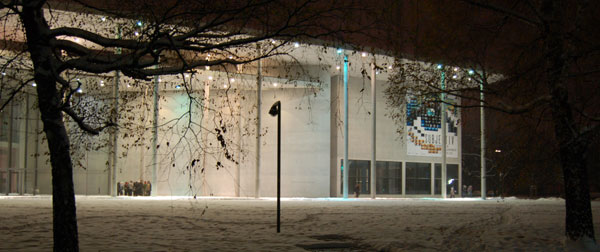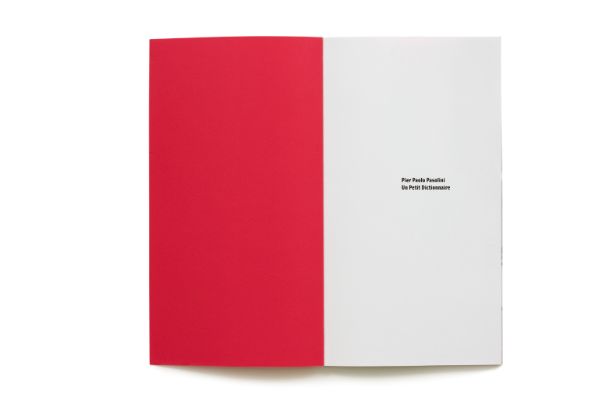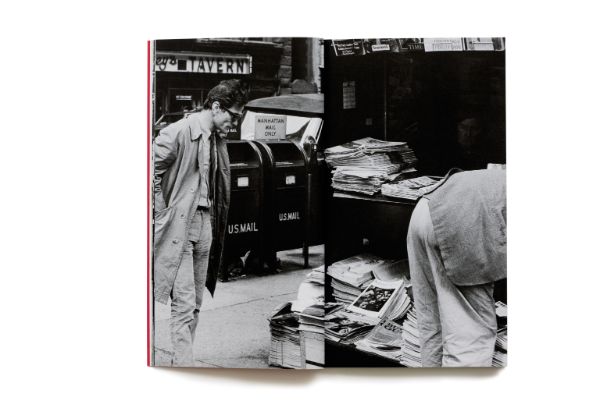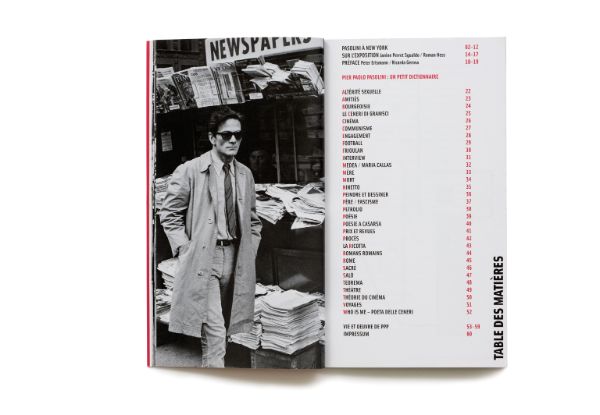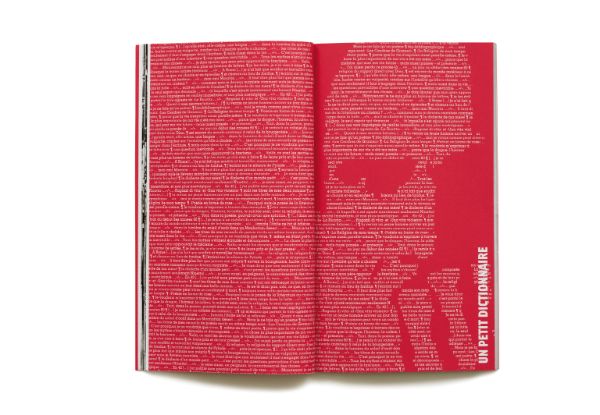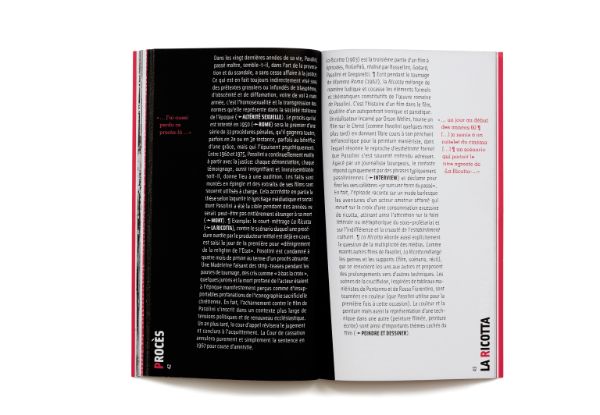Keeping on top of your possessions is hard enough at home, so how does a museum with over 65,000 items organize, structure, store and show its things? Find out about the underlying order (or disorder) of things in the Museum of Things in their new exhibition!
Category: exhibition
Organizing Things
Museum Sunday
Every first Sunday in the month the Museum of Things is getting ready for a party. Put up the bunting, wave your flags and roll out the green carpet – everybody welcome!
Museum Sunday
Pop-up event decoration
toolbox for museum activities
kids activity workbook – more about it here
Concept, surface pattern, product and graphic design: Rose Apple
Bag design: Sara Wendt
Every first Sunday in the month at the
Museum of Things, Oranienstr. 25, 10999 Berlin
Book your free ticket here
All photos by Rose Apple, unless otherwise credited.
The Bauhaus Was a School
What is the opposite of a Wagenfeld lamp? Enrol now for the famous Bauhaus ‘Vorkurs’ in our interactive exhibition in the temporary bauhaus-archiv and exercise your creativity.
The Bauhaus was a school of art and design that did many things differently. An important innovation was the VORKURS – a preliminary course which all students were required to complete. The experience students gained in exercises was deemed far more important than the material results.
Now it is your turn to learn by doing. For the interactive trail we reinterpreted historic exercises by Johannes Itten, László Moholy-Nagy and Josef Albers and paired them with contemporary tools and notions. Hopefully you will not only take away an impression of what it was like to be a Bauhaus student, but leave something behind as well.
the bauhaus was a school
27.11.2019 – 09.05.2020
the temporary bauhaus-archiv / museum für gestaltung
Knesebeckstraße 1-2 | Berlin-Charlottenburg
Mo–Sat, 10–18 hrs | Free entry
A project by the bauhaus-archiv / museum für gestaltung
Project idea: Friederike Holländer, Nina Wiedemeyer
Concept: Rose Apple, Friederike Holländer
Exhibition design and production: Alex Valder
Exhibition graphics: Rose Apple
Organisation: Juliane Bethge
with students of the Nelson-Mandela-Schule, Berlin
Erotic Things
What makes things erotic? An exhibition in the Museum of Things, Berlin, presents a wide range of objects with an erotic dimension – some intentionally, others due to our vivid imagination. Continue reading “Erotic Things”
Private Photography
The exhibition FOTO | ALBUM in the Werkbundarchiv – Museum der Dinge, Berlin shows private and anonymous photography from the vast collection of the museum. Do not miss it – it is great fun and runs till February 26th, 2018. Poster and exhibition graphics by Rose Apple. Continue reading “Private Photography”
Cabinet of the Unknown
The Werkbundarchiv – Museum of Things and guest curator Ece Pazarbaşı invited its neighbours to select “unknown” objects in their vast collection and collectively assemble this exhibition of 65 enigmatic things. They serve as talking points to participants and visitors alike, with the aim to collectively generate a pool of knowledge that goes beyond the conventional museum wisdom. Come and share your knowledge as well until September 25, 2017. Continue reading “Cabinet of the Unknown”
Would You Like It Modern?
The exhibition gern modern? Living concepts for Berlin after 1945 at the Museum der Dinge charted ideas and initiatives of the German Werkbund in the aftermath of WWII.
Haushaltsmesse 2015
The masters’ houses in Dessau – built by Walter Gropius for the Bauhaus Masters in 1926 – were used as object lessons to promote Bauhaus ideas of modern living and household management. For the ‘Household Fair 2015‘ of the Bauhaus Dessau Foundation they serve as a point of departure for the investigation of contemporary housekeeping and budgeting issues. The fair comprises historic material as well as contemporary artistic positions and research on the household as a modus operandi ranging from the individual house to the entire world.
It was my pleasure to design the visual identity, signage and exhibition graphics for the Haushaltsmesse 2015.

Haushaltsmesse 2015. The art of housekeeping and budgeting in the 21st century | A project of the Bauhaus Dessau Foundation in the masters´ houses from June 12 to August 9, 2015 | curators: Regina Bittner, Elke Krasny | project management: Katja Szymczak | design: Rose Apple with Wolfgang Schneider | For more information on the project click here.
All photos by Rose Epple unless otherwise indicated
Berlin Transit
The exhibition looks at art works and artefacts from the heyday of Jewish culture in Berlin from a cultural-historical perspective. Each room presents a different area of Jewish production such as literature, music or the fine arts. The eccentric ‚a‘ in the title points to the joy of experimentation of the Jewish avantgarde as well as the cultural diversity of Jewish Berliners in the period between WWI and the rise of the Nazis.
Exhibition:
Berlin Transit – Jewish Migrants from Eastern Europe in the 1920s
Jewish Museum Berlin, 23.3.-15.7.12
Curators: Inka Bertz, Miriam Goldmann, Maren Krüger, Leonore Maier, Ann-Katrin Saß, Fabian Schnedler
Visual identity, exhibition architecture and graphics, media architecture, marketing material, book design: chezweitz & roseapple
Exhibition photos: Volker Kreidler

Catalogue:
Berlin Transit – Jewish Migrants from Eastern Europe in the 1920s
Wallstein Verlag, Göttingen, 2012, 160 pages, 157 illustrations, thread stitching, soft cover
Editors: Jewish Museum Berlin Foundation with the research project ‚Charlottengrad and Scheunenviertel‘ of the Freie Universität Berlin.
Graphic concept, layout, typesetting: chezweitz & roseapple
Watch Me Move

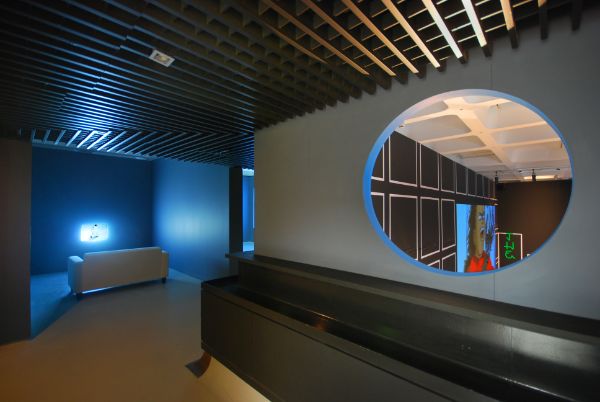

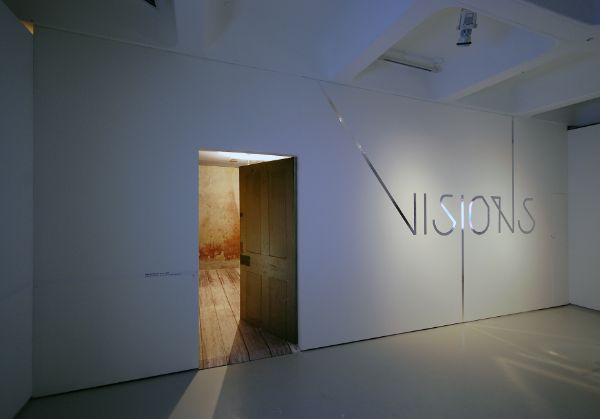
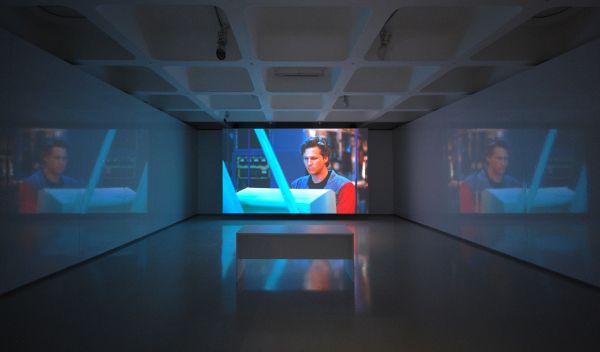


The big overview exhibition examines the cultural significance of the medium via 111 animation films in five spectacular media environments.
WATCH ME MOVE: The animation show
Barbican Art Gallery, London, 15.6.–11.9.11
Glenbow Art Museum, Calgary, Canada, 8.10.–24.12.11
Chiang Kai-shek Memorial Hall, Taipei, Taiwan, 19.1.–6.5.12
Curators: Greg Hilty, Alona Pardo
Exhibition architecture and graphics: chezweitz & roseapple
Photo credit: Lyndon Douglas
Discover the Void
Some people thought it was a mistake when they received the empty envelope. They called up the sender, the city of Halberstadt, to be told that this envelope was indeed their invitiation to the opening of “Discover the vo d”. The callers had interpreted the void as the absence of something and they wanted to fill that empty envelope, just as one automatically fills in the missing letters of the exhibition title. The invitation had triggered the mental process which the exhibition was exploring.
People in Halberstadt, a small town in the picturesque Harz region in Eastern Germany are experienced void fillers. A woman, who was only a baby on April 8, 1945, when allied bombers destroyed 82% percent of the medieval inner city, told me that she was raised on tales of this invisible city of the past. Wandering around the ruins, relatives would recount to her every lost building, street corner, flagstone. She grew up with a very clear picture of houses and streets that didn´t exist anymore and she shared this vision with the people around her. Even today, the dials of the big clock on the tower of Martini Church are permanently stuck at 11.28 a.m., the moment desaster struck 67 years ago.
To get Halberstadt unstuck from viewing emptiness in their city solely as a traumatic loss was the focus of the International Building Exhibition (IBA) Urban Redevolpment Saxony-Anhalt. An amibitous IBA team made up of members of the city council, town planners, architects, cultural scientists and a scenographer (my former business partner Detlef Weitz) set out to cultivate alternative attitudes towards empty spaces. In a long process involving many different local individuals and groups, they identified and analysed different forms of emptiness and explored mulitple uses of empty space in the town. They succeeded in not filling the empty spaces with buildings, but with new meaning.
When we were commissioned to present the results of this process in a final exhibition in the derelict municipal swimming baths, we not only wanted to show the visitor what had happened during the IBA years. Our aim was to show emptiness itself. Thus, we projected a walk-in videoinstallation unto the floor of the empty swimming pool, just like the people had projected their lost city unto the empty spaces of the destroyed city.
Giving something as abstract as empty space a form, is one way of communicating it, to invite people to experience emptiness for themselves is another. On postcards that could be collected in the exhibition, visitors were asked to visit “empty” places in Halberstadt and go through a series of simple exercises to help them feel emptiness for themselves. Please feel free to adapt these exercises to your personal surroundings and let us know how it felt.
Scenography by chezweitz & roseapple
Photos by Volker Kreidler
Images of the Mind





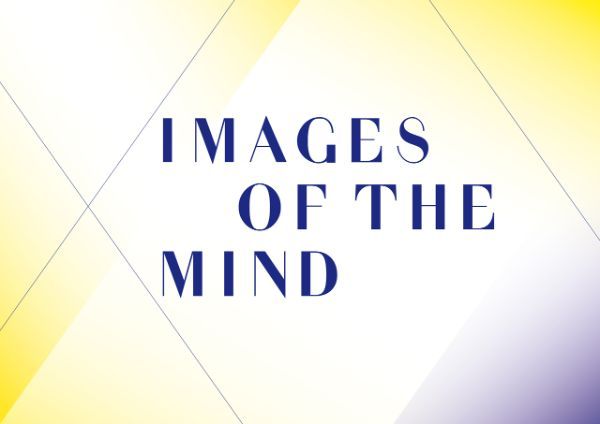
The show charts the quest to visualize the mind. Valuable works from art and science dating from antique to contemporary times are presented in a translucent mindscape.
IMAGES OF THE MIND
Deutsches Hygiene Museum, Dresden, 23.7.–31.10.11
Moravian Gallery in Brno, Czech Republic, 9.12.11–18.3.12
Curators: Colleen Schmitz, Ladislav Kesner
Visual identity, exhibition architecture and graphics, media architecture, printed matter, book design: chezweitz & roseapple
Exhibition photos: Volker Kreidler




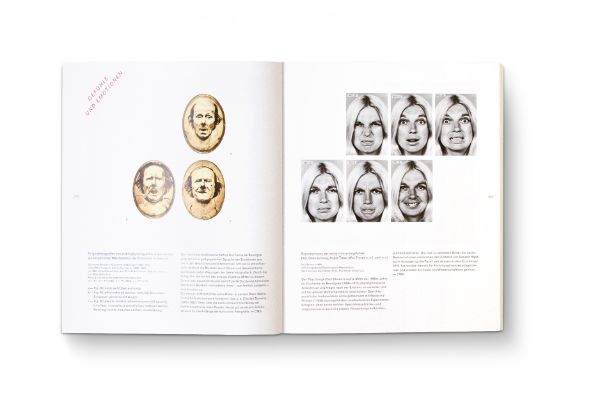
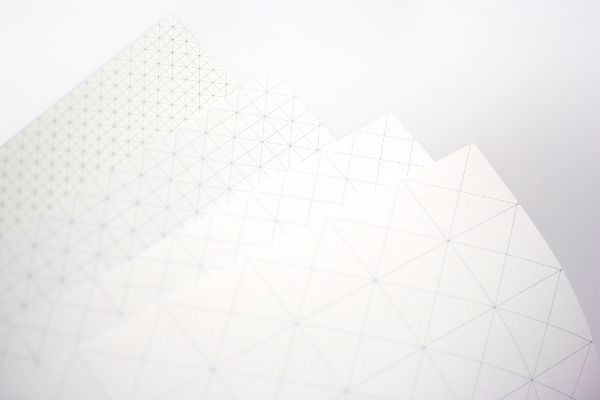

The catalogue for the exhibition in the Deutsches Hygiene Museum charts the pivotal role of the image in the search for comprehension of the mind. Basis of the books’ architecture is an abstract grid, which helps to navigate the quest for knowledge from antiquity to today.
IMAGES OF THE MIND
Wallstein Verlag, 2011, 304 pages, thread stitching (German edition)
Editors: Colleen Schmitz, Ladislav Kesner for Deutsches Hygiene Museum Dresden
Graphic Concept, layout, typesetting: chezweitz & roseapple
Subjective. Documentary Film

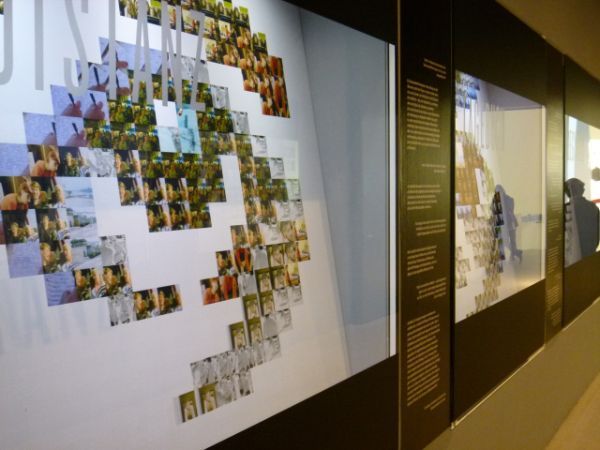

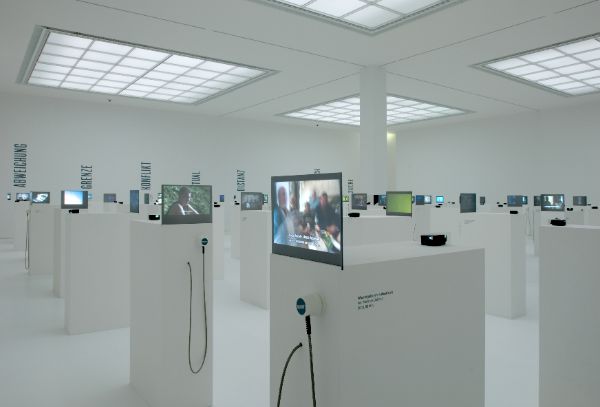
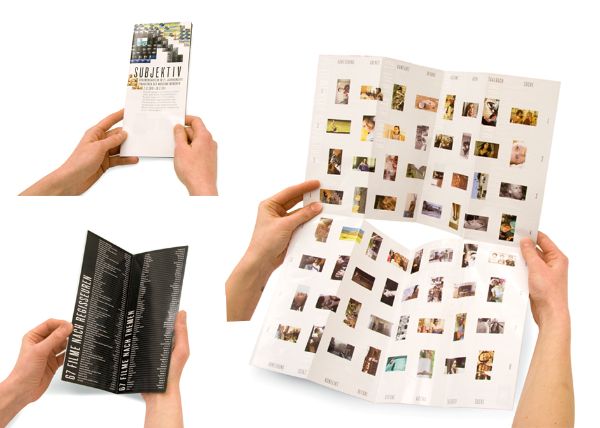

A joint exhibition by the Pinakothek der Moderne and the Hochschule für Fernsehen und Film. The scenography enables the visitor to look at individual movies as well as experience the filmic portrait of a whole generation of directors in the “Film City” installation.
SUBJECTIVE. DOCUMENTARY FILM IN THE 21ST CENTURY
Pinakothek der Moderne, Munich, 2.12.10-20.2.11
Curators: Bernhart Schwenk, Heiner Stadler
Visual identity, exhibition architecture and graphics, media architecture, printed matter, book design: chezweitz & roseapple
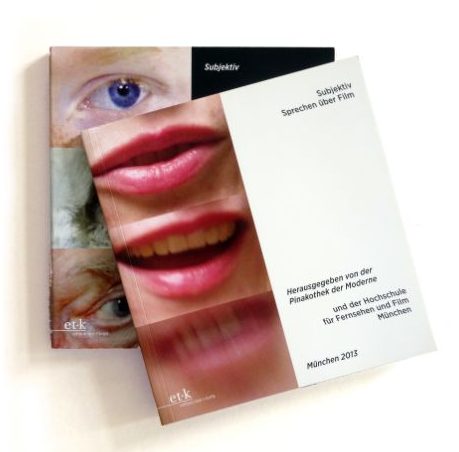
To learn more about the accompanying books see this post: Two Books About Documentary Films
Work. Meaning and Care


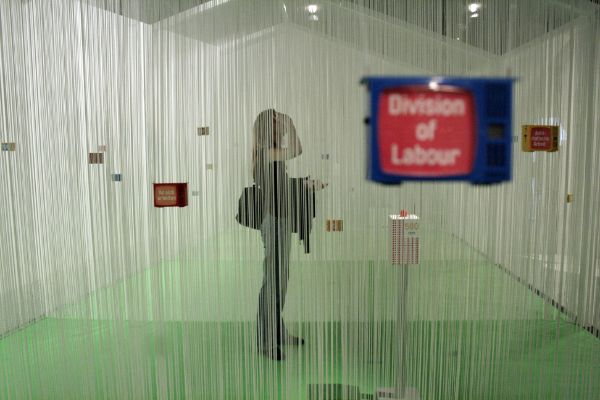


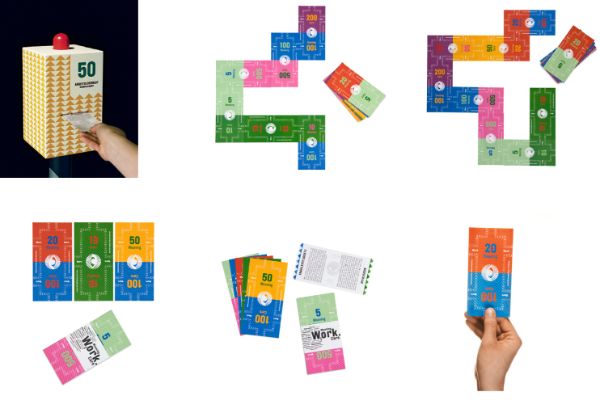

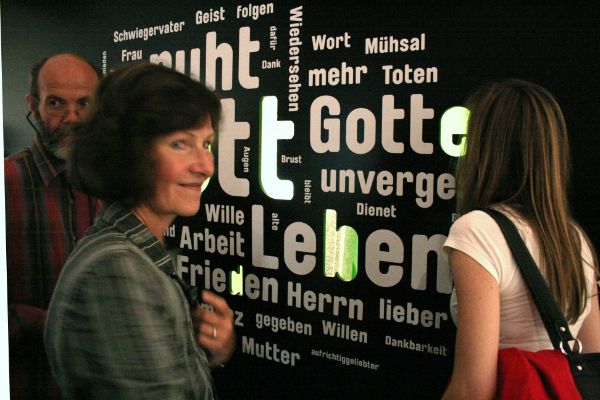



In five space-encompassing media installations the exhibition looks at the meaning of work for society and the individual.
WORK. MEANING AND CARE
Deutsches Hygiene Museum Dresden, 25.6.09–11.4.10
The exhibition had a second edition under the title:
WHAT TO DO? ABOUT HUMAN WORK
Senckenberg Nature Museum Frankfurt, 1.5.-16.9.12
Curators: Praxis für Ausstellung und Theorie [Hürlimann, Lepp, Tyradellis]
Visual identity, exhibition architecture and graphics, media architecture, printed matter, book design: chezweitz & roseapple
Photos of exhibition: Deutsches Hygiene Museum, Volker Kreidler








Catalogue accompanying the exhibition at the Deutsches Hygiene-Museum: The curatorial collection of material is presented as an information folder, which simulates varied papers, page formats and tabs. Text and image fragments together with accompanied essays form a compact and multi-layered documentation of the work on work.
Work. Meaning and Care
diaphanes, 2009, 420 pages, open thread stitching,
Editors: Praxis für Ausstellung und Theorie [Hürlimann, Lepp, Tyradellis]
Graphic Concept, layout, typesetting: chezweitz & roseapple
Photos of catalogue and playing cards: Henrik Strömberg, Asi Föcker
Pier Paolo Pasolini. Who Is Me
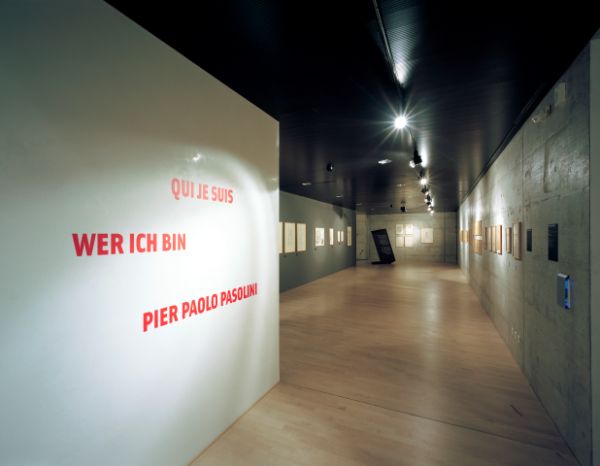
Centre Dürrenmatt Neuchâtel
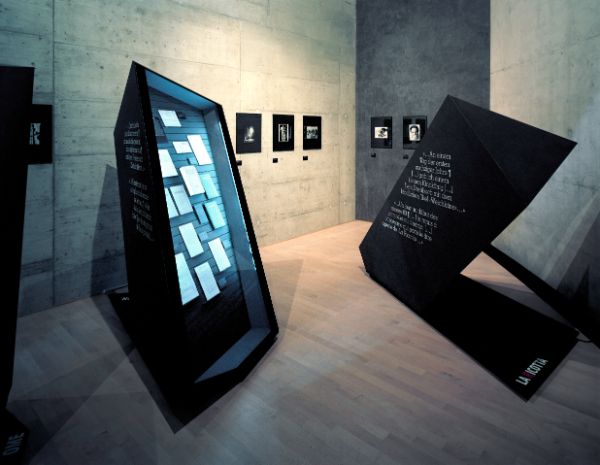
Centre Dürrenmatt Neuchâtel

Literaturhaus Berlin, Photo: Volker Kreidler

Museum Strauhof, Zürich

The wide range of documentary material, organized by a key-word structure, and the Pasolini film installation create a complex portrait of the Italian artist and intellectual.







